Category: From the Desk Co-posts
-
Remember the “F.” And seniority.
I know I’ve talked a bit about Joseph F. Smith (JFS) lately, but the Latter-day Saint history blog From the Desk recently shared another interview about him. This time around, Dennis Horne spoke about Joseph F. Smith’s succession to the presidency of the Church, but it also covers other info about this pivotal president of…
-
Carthage and the Nauvoo Expositor
The Joseph Smith Papers recently released a final podcast series, the Road to Carthage podcast, focusing on the final days and immediate aftermath of Joseph Smith’s life. It was an explosive time, filled with tension both within and outside of the Church of Jesus Christ of Latter Day Saints. In a recent interview at the…
-
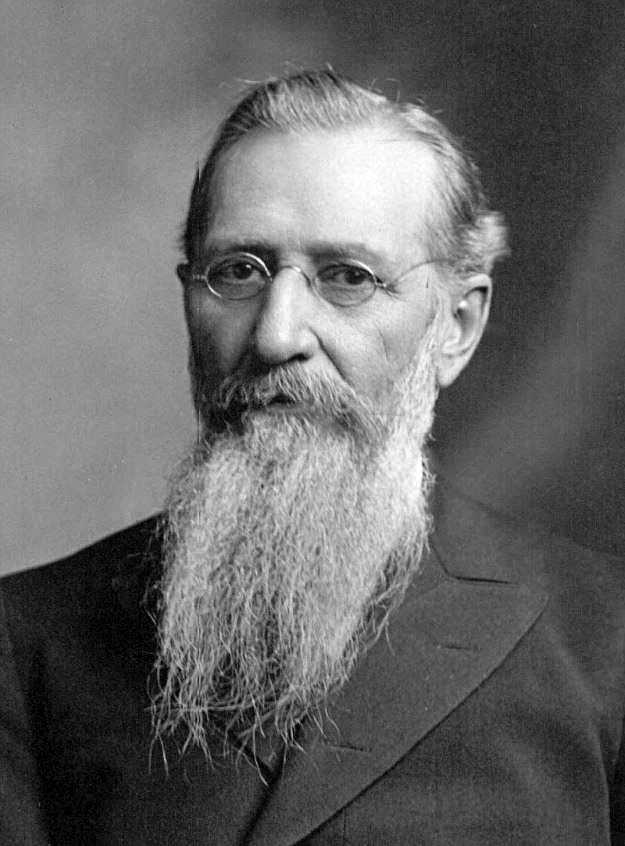
The Fiery Meteor
Joseph F. Smith “(remember the F)” is one of the most important and influential presidents of The Church of Jesus Christ of Latter-day Saints, even though he isn’t frequently discussed in church settings. It was during his administration that the Church really started to take on its current form – rejection of polygamy, modern monetary…
-
Asking Questions About the Book of Mormon
A central question about the Book of Mormon that has been asked over and over again is whether it is an ancient document or a modern one. Despite being asked and answered by so many people, that question is still being argued and fought over and probably will be indefinitely. But what other questions are…
-
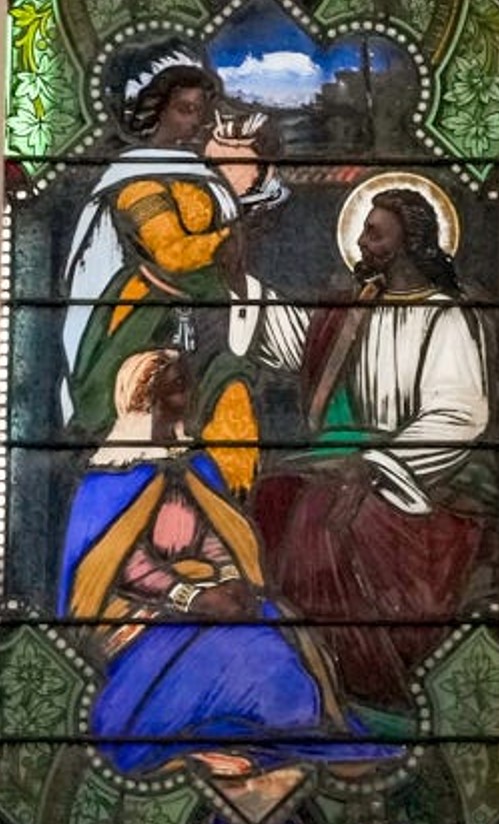
Jesus Christ in Joseph Smith’s Teachings
There is an apocryphal story about John Taylor that was shared by Leonard Arrington: Shortly after the death of the Prophet Joseph Smith in June 1844, a prominent eastern visitor to Nauvoo[, Illinois] was being ‘shown around’ by Apostle Taylor. He remarked to Brother Taylor that he sincerely regretted the murder of the head of…
-
Translation or Revelation?
I posted about Book of Abraham translation a couple weeks ago as part of a co-post on an interview with Stephen O. Smoot. This time, we’re looking at a different interview with Michael Hubbard MacKay, who had a different perspective about Joseph Smith’s translation projects. The interview on Book of Mormon translation is over at the…
-
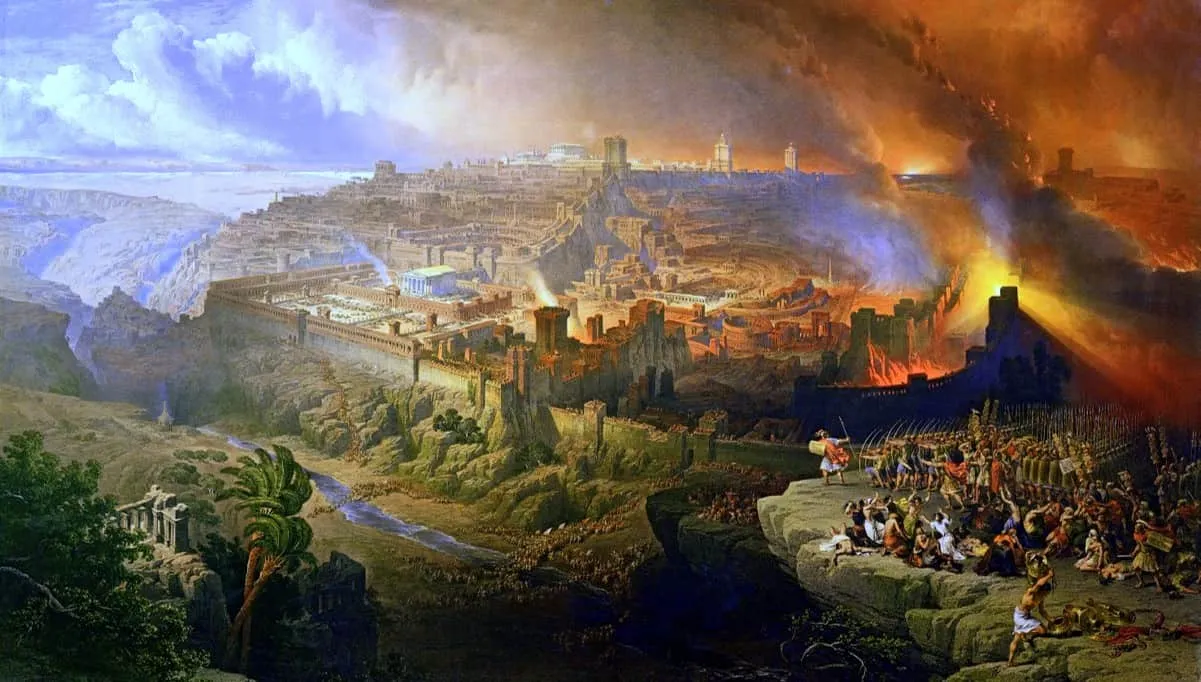
The Jewish Revolt and the Abomination of Desolation
One of the more pivotal events in the development of both Christianity and modern Judaism was the First Jewish Revolt, which started in 66 CE and culminated in the destruction of the Temple in Jerusalem in 70 CE. In a recent interview at the Latter-day Saint history blog From the Desk, Jared W. Ludlow discussed this…
-
Book of Abraham Translation
When Joseph Smith used the word “translate”, it meant something different than what we usually think of as translating. The Book of Abraham is a very intriguing example of the process that, while it still has a lot of unknowns, does provide some insight into the process. In a recent interview at the Latter-day Saint…
-
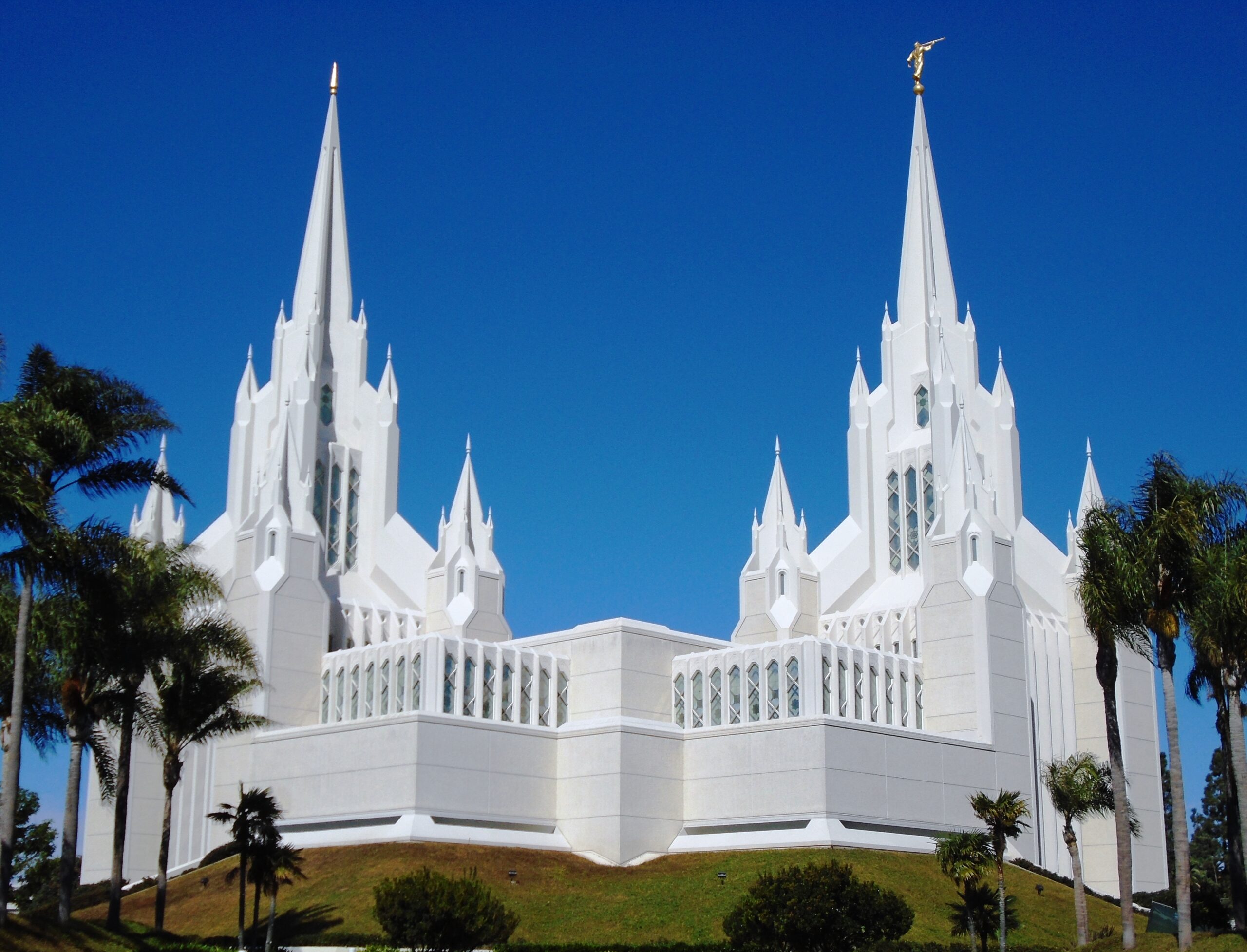
Temples, Communication, and Covenants
Temple rituals form an important part of Latter-day Saints’ covenant relationship with God. A recently-released book by Jennifer C. Lane entitled Let’s Talk About Temples and Ritual delves into the importance of temple rituals. Lane has shared some of the insights she gained that are captured in that book in an interview with the Latter-day…
-

Wilford Woodruff and Adoption Sealings
Wilford Woodruff was hugely important in the development of temple work as we understand it today. In a recent interview at the Latter-day Saint blog From the Desk, Jennifer Mackley (the executive director and CEO of the Wilford Woodruff Papers Foundation) discussed some of the influence that Presisent Woodruff had on temple work. The interview…
-
Camille Fronk Olson on Women in the New Testament
The Bible is “the bedrock of all Christianity” and women play some very key roles in the stories that it shares. Camille Fronk Olson has worked to highlight these female Bible characters as a member of The Church of Jesus Christ of Latter-day Saints. In a recent interview at the Latter-day Saint history blog From…
-
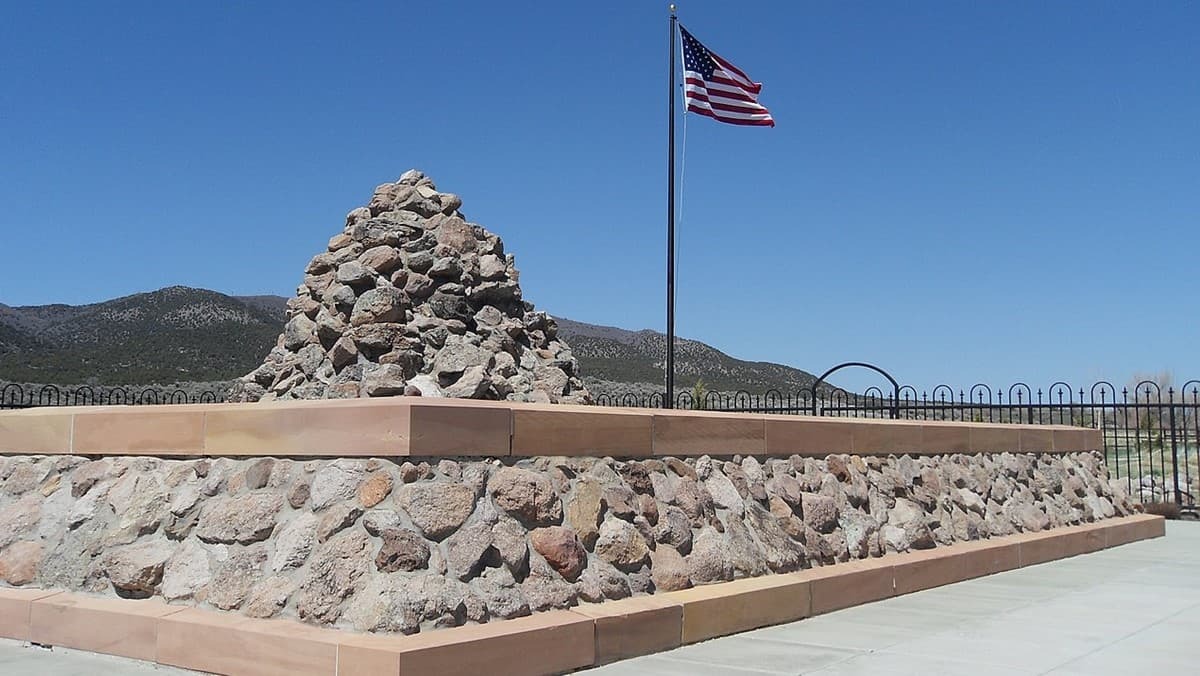
The Mountain Meadows Massacre Aftermath
One of the most significant books in Mormon studies being published this year is Rick Turley and Barbara Jones Brown’s Vengeance Is Mine: The Mountain Meadows Massacre and Its Aftermath. It’s been years coming, but is worth the wait. I’ll probably publish my own review next week, but wanted to highlight that Turley and Brown…
-
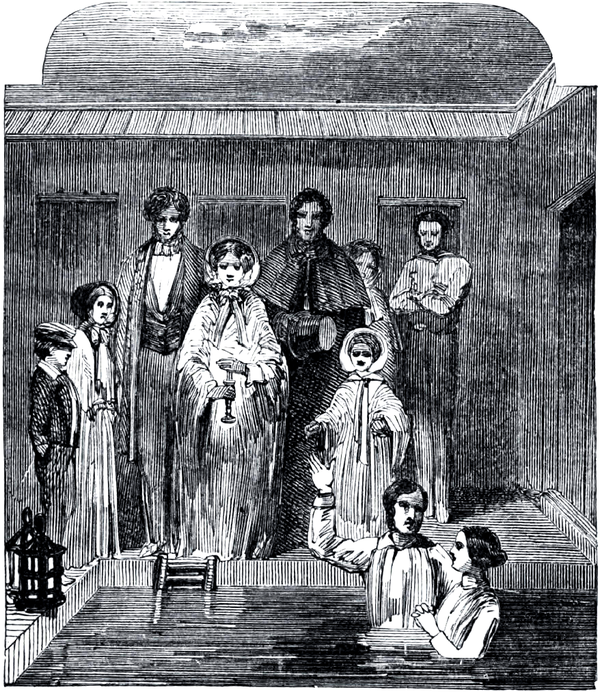
Rebaptism in the Church
One of the interesting aspects of how members of The Church of Jesus Christ of Latter-day Saints approaches the sacrament of the Lord’s Supper is that it is seen as a renewal of covenants. What may not be as widely known is that the idea of renewing covenants may have originally emerged in the Church…
-
W. Paul Reeve on Race and the Priesthood
The race-based priesthood and temple ban that the Church of Jesus Christ of Latter-day Saints had in place from the 1850s until 1978 is a heavy, but important subject to study. I’ve shared a review about W. Paul Reeve’s recently-released Let’s Talk About Race and Priesthood where I stated that it was one of “the…
-

Sink Me, the Prophet’s a Poet
Joseph Smith rarely wrote poetry, but there are a couple notable exceptions.
-
Susa and Alma’s Divorce
In Saints, volume 2, one of the key players was Susa Young Gates. A prominent daughter of Brigham Young who went on to do a lot of notable activities herself, Susa is a relatively well-known figure in Latter-day Saint history. One aspect of her story that received attention in Saints was Susa Young Gates’ divorce with Alma Dunford.…
-
Ken Adkins and Belle Harris
Belle Harris‘s experience in prison is an interesting story from late nineteenth-century Latter-day Saint history. Part of why it’s fascinating is that she kept a record of her time while she was in prison. Recently, Church historian Ken Adkins talked about the Belle Harris prison journal at the Latter-day Saint history blog From the Desk,…
-
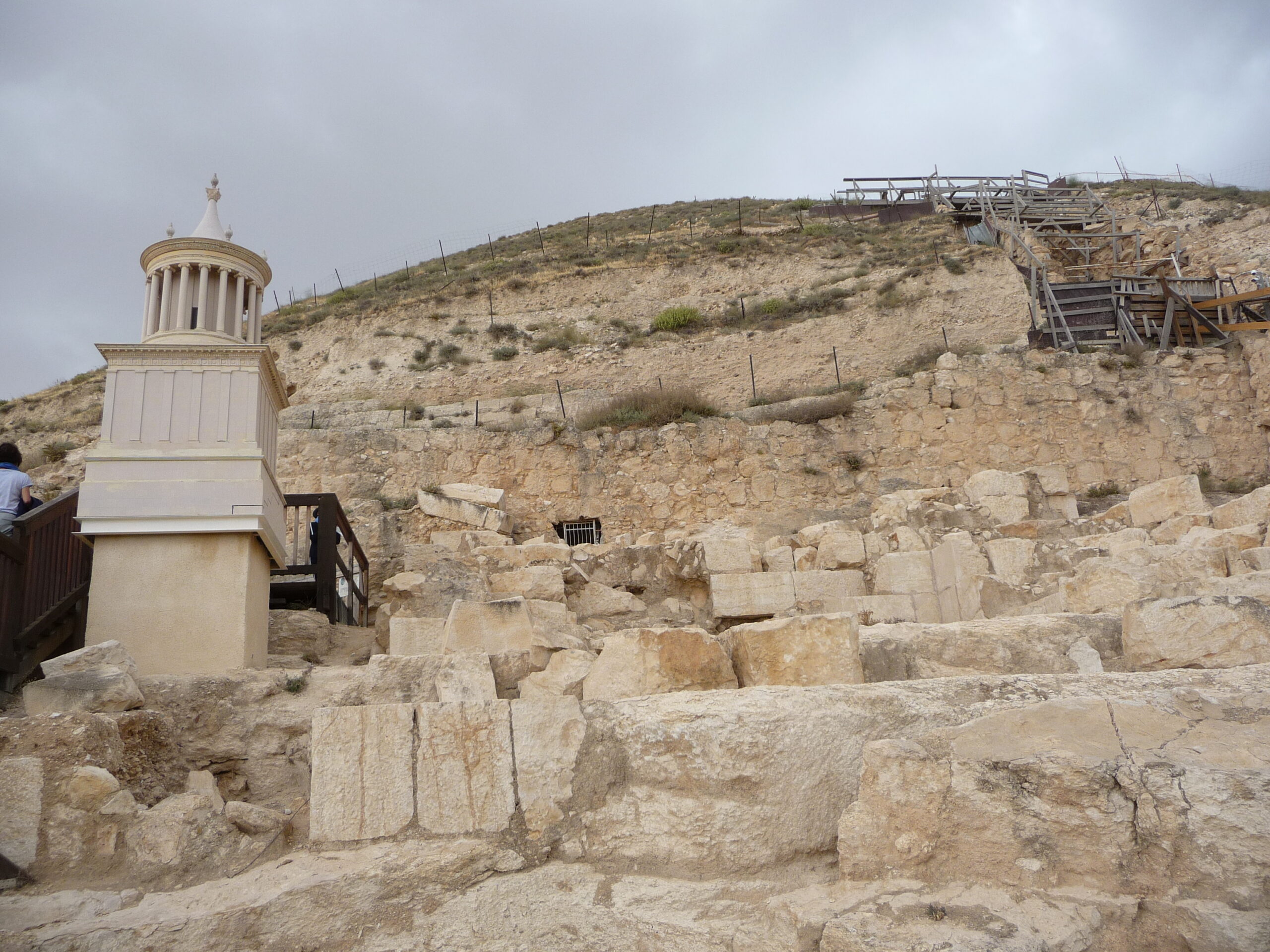
Herod the Great as the Messiah
A repeating theme in Second Temple Judaism is the expectation for a political messiah that would rule Judea. While Christians are aware of this primarily through the expectations that Jesus of Nazareth encountered during his ministry, there are many other people who tried to fulfill that role. Herod the Great may have been one of…
-
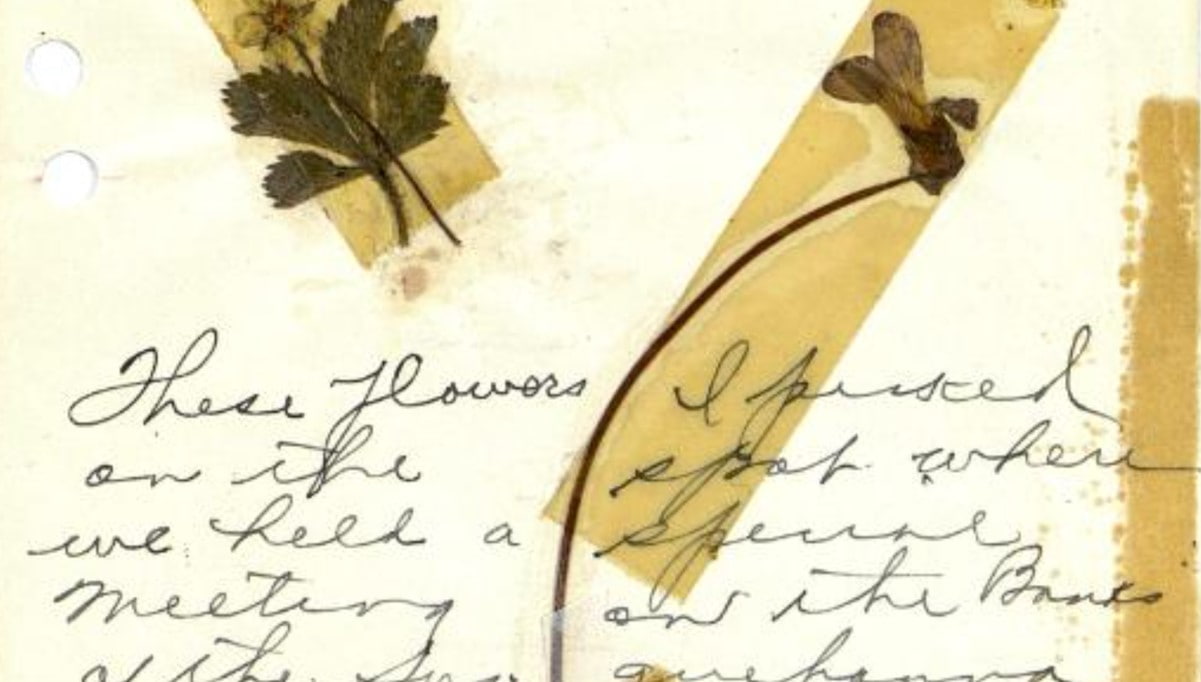
The Spencer W. Kimball Journals
President Spencer W. Kimball is well-known for encouraging members of the Church of Jesus Christ of Latter-day Saints to keep journals. He set an example of doing this, and produced a large journal that was recently made available through the Church History Library digital collections. Recently, Latter-day Saint archivists Jeffrey Anderson and Brandon Metcalf discuss…
-
Fully Divine and Fully Human
After the death of Jesus Christ, early Christians spent centuries grappling with understanding who he was. The early creeds developed largely as an effort to reach an official consensus on understanding Jesus’s divine and human natures. While The Church of Jesus Christ of Latter-day Saints is a restoration of the primitive church, early Christianity and…
-
Who was Mary Magdalene?
Mary Magdalene is a well-known figure in the New Testament whose life has been the subject of speculation and storytelling for much of Christian History. One of the more recent instances of this is The Chosen. In a recent interview at the Latter-day Saint history blog, From the Desk, Bruce Chilton discussed Mary Magdalene, offering…
-
Carol Madsen on Emmeline B. Wells
Emmeline B. Wells is a powerful figure in Latter-day Saint history. In a recent interview at the Latter-day Saint history blog From the Desk, Carol Cornwall Madsen discussed some of why that is so. What follows here is a copost to the interview (a shorter post with some excerpts and discussion). To set the stage,…
-
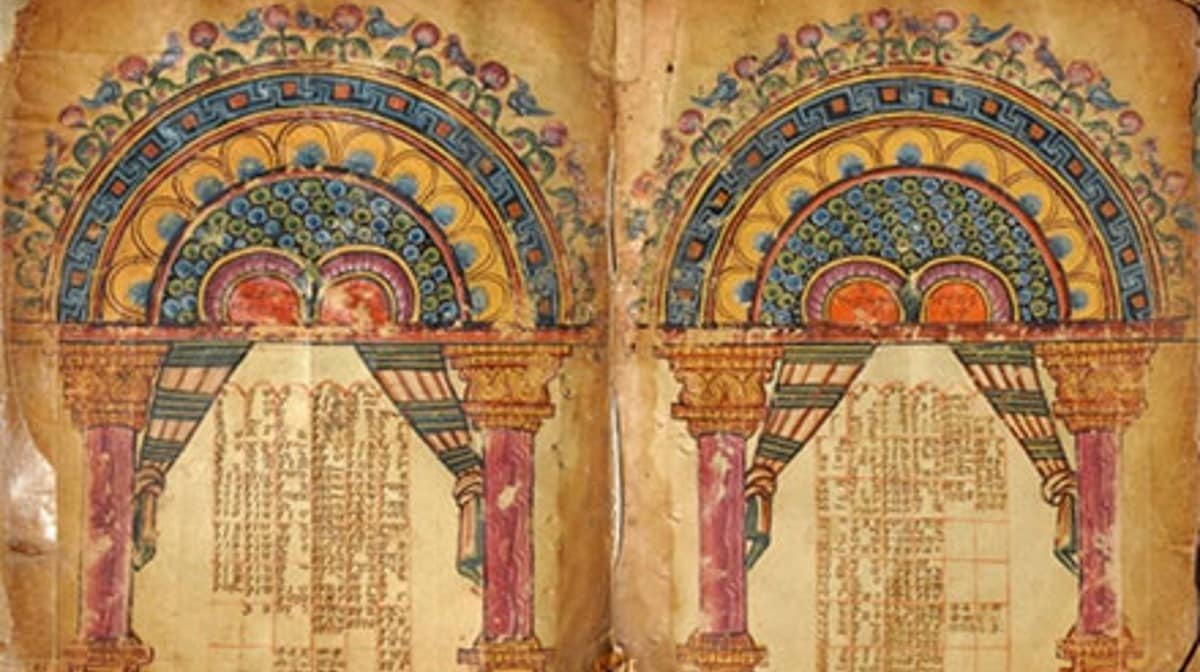
Thomas Wayment on New Testament Canonization
An interesting point made by the late Eastern Orthodox bishop Kallistos Ware is that the books that were selected to be contained in the Bible are a tradition that developed within and passed on by the Proto-Orthodox Church. The process by which that tradition solidified into official canon was a gradual (and messy) one. In…
-
Patriarchal Blessings as Revelations and Catalysts of Revelation
Patriarchal blessings have been an ongoing part of the Latter-day Saint tradition from very early on. As something that many Latter-day Saints experience, it’s an area that many people have questions. In a recent interview at the Latter-day Saint history and theology blog From the Desk, Latter-day Saint historian Keith Erekson discussed some of the…
-
The Ordeal of Dr. John Milton Bernhisel
I’ve talked before about how if we knew and experienced the early history of the Church of Jesus Christ of Latter-day Saints for ourselves, we might be surprised by who were the most influential members in shaping the developing Church. Dr. John Milton Bernhisel is another of those individuals who had a surprisingly large impact…
-
A Female Journal of Discourses
“Some called her the poetess, the presidentess, and the priestess.” This description of Eliza R. Snow and her titles was shared by Jenny Reeder in a recent interview at the Latter-day Saint history blog From the Desk about the Eliza R. Snow discourses that have been published by the Church Historian’s Press. What follows here…
-
Robert Alter’s Translation of the Hebrew Bible
I’ve always wondered how well the talks of different general authorities translate to other languages. For example, I can imagine that a lot of the alliteration that a few apostles adopt in their addresses doesn’t carry over. And I know from my work on translating Spanish hymns that translating between languages is an inexact science…
-
Voices of the Wives of Joseph Smith
Plural marriage in Nauvoo continues to be one of the thorniest issues when discussing the life and legacy of Joseph Smith. One of the major works that helped shed greater light on the roots of plural marriage and the women who practice it with the Prophet is Todd Compton’s book, In Sacred Loneliness, published in…
-
The Emmeline B. Wells Diaries
Emmeline B. Wells is a crucial figure in the history of the Church of Jesus Christ of Latter-day Saints. She was a leader in the Church as a Relief Society president, an advocate for women’s suffrage, a noted periodical editor, an early settler in Utah, etc. In a recent interview at the Latter-day Saint history…
-
Zion and 19th Century Cross-cultural Missionary Work
How does a faith that claims global reach while being rooted in a specific Anglo-American context in the 19th century interact with cultures that are different from the Anglo-American culture of their time? Further, how did they approach that issue while also being a pariah among the general Anglo-American culture? These are some of the…
